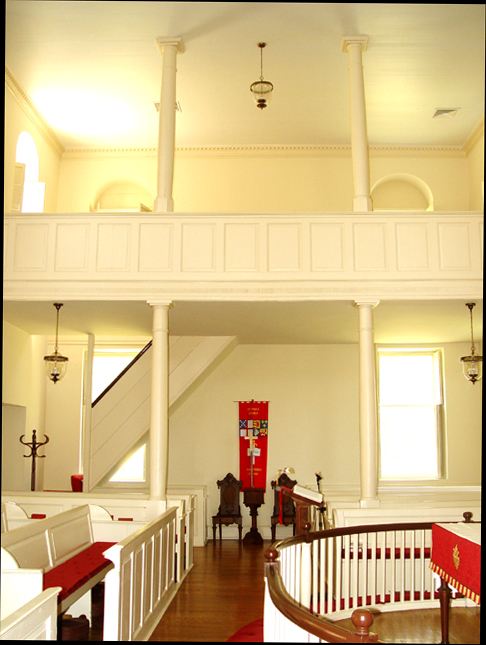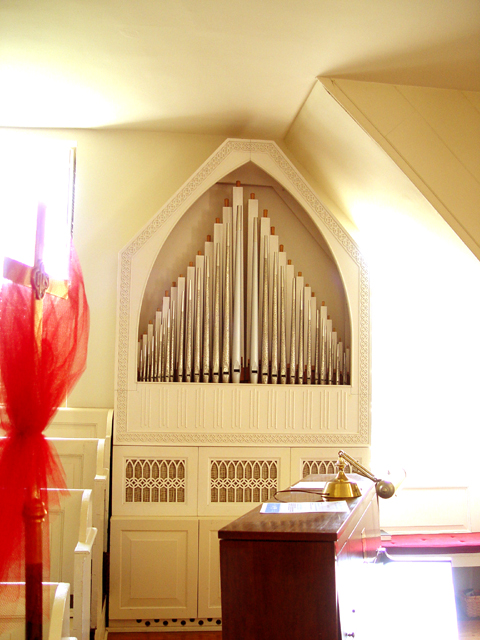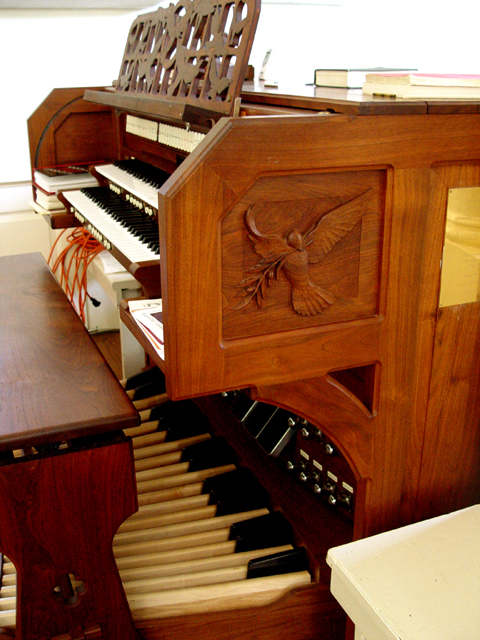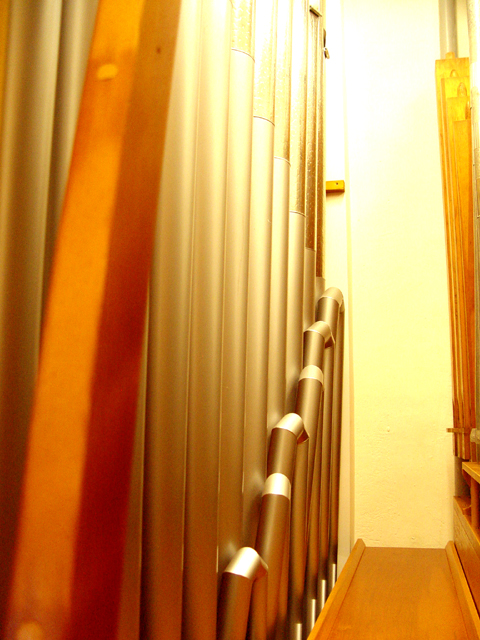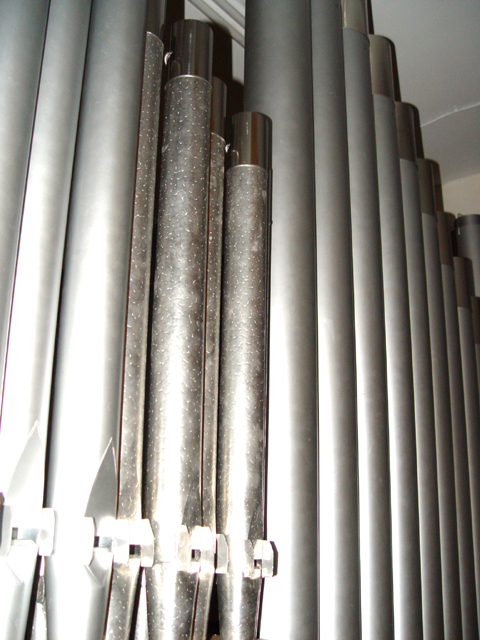A Brief History of St. Paul's Episcopal Church
King George, Virginia
THE FORMATIVE YEARS: 1667-1721
“The Minister shall preach at Choatank...”
The English colonization proceeded in Virginia with the march of settlements up the Tidewater rivers.
The Potomac saw the 1636 establishment of the original shire of Northumberland. The shire included
the whole of the Northern Neck. As population increased Northumberland became the parent of
Westmoreland County (1653) from which, in turn, came Stafford County (1664). The formation of
colonial parishes as quasi-governmental entities was closely associated with the formation of counties.
Potomac Parish (and Stafford County) reached from Upper Machodoc Creek westward to the falls of
the Potomac. In 1667 the, county court of Stafford ordered the minister to preach at Mr. Robert
Townsend's house near Choatank Creek. The area around the creek was the focal point for settlement
and growth in the lower part of Potomac Parish, so much so that the area became known as Choatank
Parish before 1680.
The western boundary of Choatank Parish was Passapatanzy Creek. While the exact date and site are
not known, a church building was erected shortly. after 1667. Choatank Parish was re-named St. Paul's
around 1702, perhaps due to the influence of Colonel William Fitzhugh who wished to commemorate
his home parish in Bedford, England.
THE GOLDEN YEARS: 1722-1795
The year 1722 marked the beginning of an auspicious period for St. Paul's when David Stuart became
rector. Stuart was from Inverness, Scotland and was a member of the Royal House of Stuart. On his
way to the Virginia Colony, Stuart stopped at the Barbados Islands where he met then married Jan
Gibbons, daughter of the Royal Governor. David Stuart was rector of St. Paul's until his death in 1748.
David Stuart's son, William, had been ordained in England in 1746 and had returned to St. Paul's to
become his father's assistant. Upon David Stuart's death William became rector; his tenure lasted until
shortly before his death in 1796. Both Stuart rectors were known throughout the Colony for their
intellectual and moral integrity and for the quality of their leadership.
A new church was built at the present site in 1725. A 150-acre plot had been bequeathed to St. Paul's
by John Allan. A adjoining 200 acres was given to St. Paul's at a later date by Samuel Hayward. While
there is no extant record of the church's construction, it was typical of the period for churches to be of
woodframe design.
The present building was erected in 1766. It is a fine example of colonial architecture and is featured in
many books about Colonial Virginia. The building is in the form of a Greek cross, 62 feet in length,
while the arms are 30 feet wide. The walls are laid in Flemish bond with brick thought to have been
produced locally.
THE AFTERMATH OF THE REVOLUTION 1796 - 1831
St. Paul's undoubtedly experienced a difficult time following the Revolutions War. It is to William
Stuart's Credit that he stayed with his charge, attempting to guide it through the perils of the day. It
was a trying time for most former Church of England parishes in our new country because of the
widespread prejudice against a11 things English. Clergy were lost through attrition and because many
of them remained loyal to the Crown and so fled the colonies. Following William Stuart's retirement
and death, a deacon named John Parsons took charge of St. Paul's. Parsons died in 1808.
In 1802 the General Assembly of Virginia passed the Glebe Act whereby al1 but a few of the Episcopal
churches' glebe lands were seized by the Commonwealth, often without compensation. The Act
further provided that a11 churches built prior to 1777 were to be regarded as public property and
could be used by anyone who wished to do so. Only those Episcopal churches that regularly used
their buildings were exempt from the state-sponsored confiscation. The effects of the Glebe Act
devastated many Episcopal churches in Virginia. St. Paul's buildings and property were taken over by
the the county in 1811. Its glebe lands were sold to finance an academy whose classes were held here.
By that time the church was nearly in ruins. Bishop Meade mentions an 1812 visit to St. Paul's in his
writings. The roof leaked badly. doors and windows were missing, and flooring had been ripped up
by vandals and used for fuel. He writes of preaching to a small band of the faithful who came on a
Sunday morning to listen to his sermon while they stood in pools of water from rain that had fallen
the night before.
The interior of the church was extensively changed in 1813 when it was remodeled to fit the academy's
purposes. There were two stories, eight classrooms, and a small auditorium. New entrances were
made in the walls and the old (west) entrance was closed. Evidence of these changes is still visible
today. The present interior reflects the “Academy Era” with the wall across the north transept serving
as a vivid reminder of those days.
St. Paul's was reorganized in 1816 and the building returned to the congregation in 1830 when the
academy failed. The church was reconsecrated by Bishop Moore in May of 18331 after the building
had been refurbished. A new wine-glass pulpit was crafted and installed at this time.
AFTER 1831
St. Paul's church has changed little since 1831. Unlike her sister churches in King George and many
other church buildings in the South, the ravages of the Civil War passed by St. Paul's. The church's
roof was reshingled in 1930 and a new floor was installed in 1940. The church's pipe organ (a 1954
Hitchcock) was entirely rebuilt and expanded in 1986. The old rectory, built in 1841, was expanded
and converted into a parish house in 1956. A further expansion to the parish house was completed in
1994.
THE JOSEPH RAPHAEL ANDRUS CENOTAPH
This memorial tablet marks the ministry of St. Paul's rector 1817 – 1820. Andrus became the Episcopal
Church's first missionary to another country.




